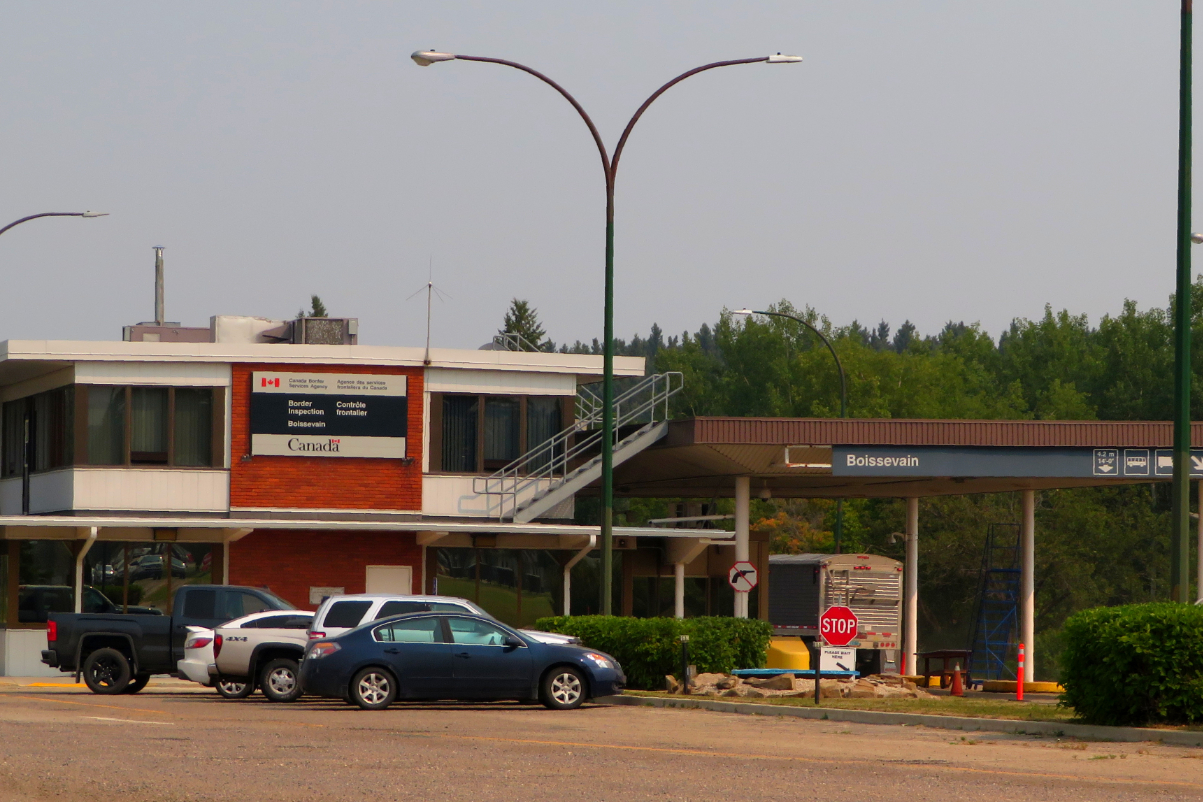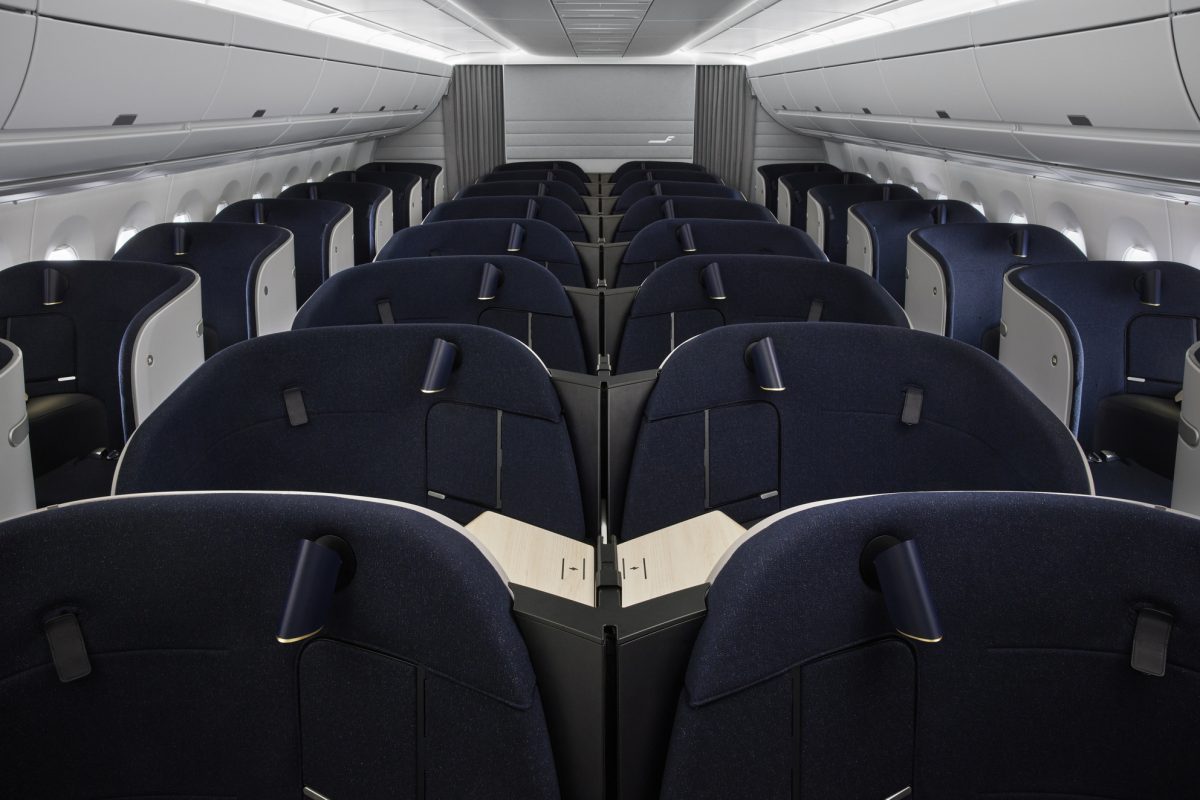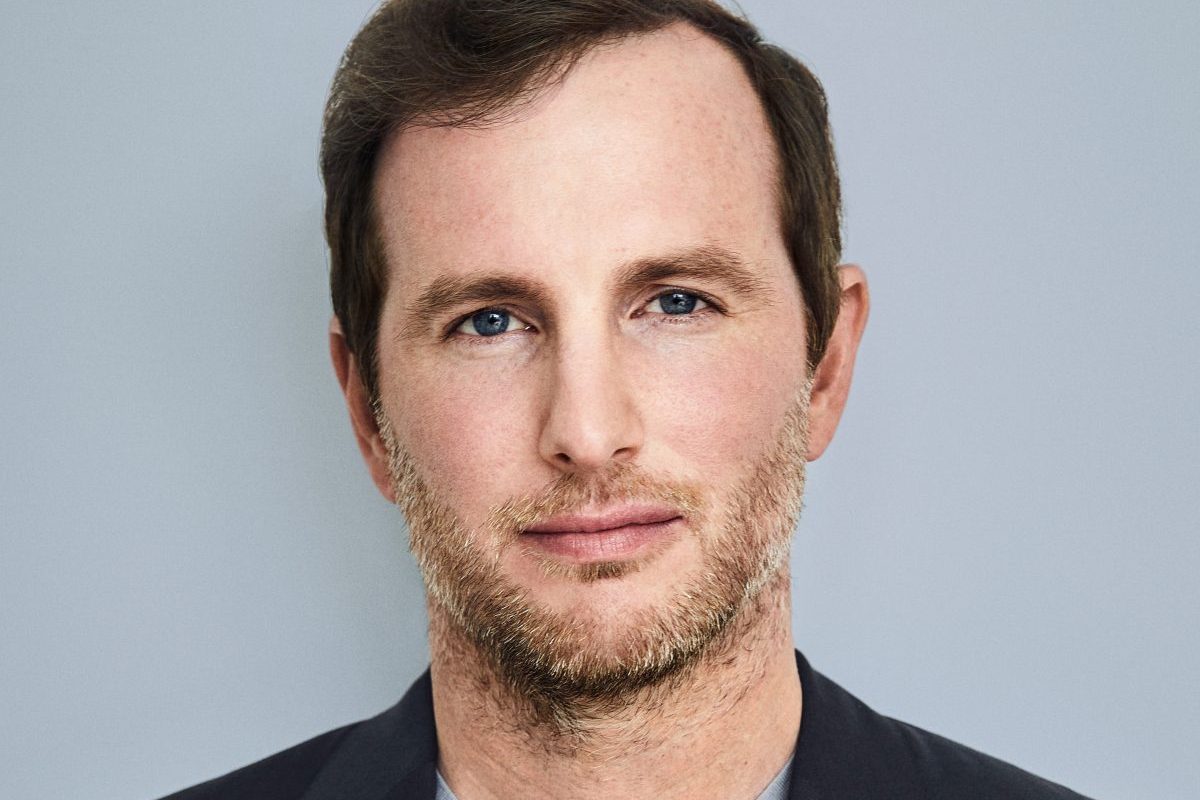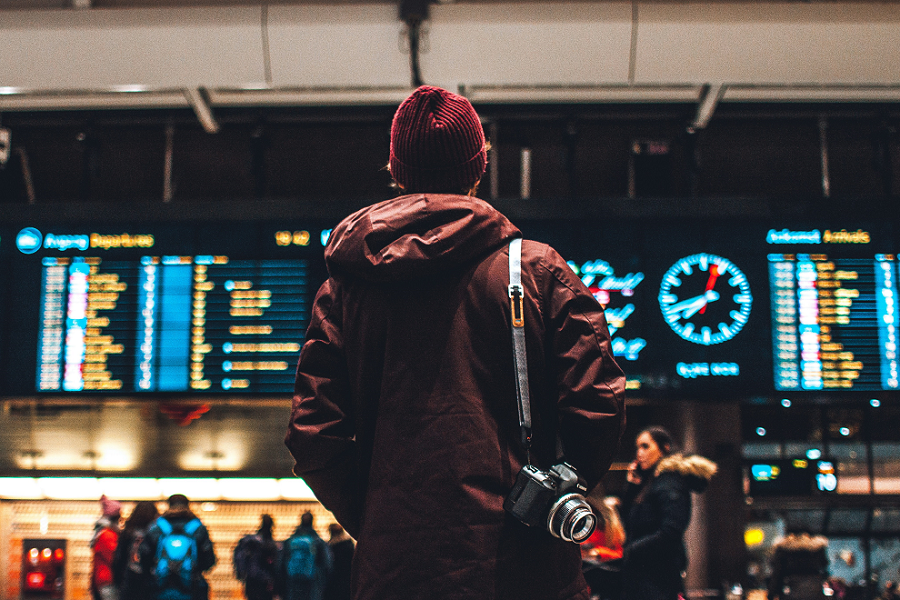Hottest new trends in outdoor tourism: wool, carbon skis & spoon-shaped sleeping bag

Skift Take
Wool instead of synthetic fleece, carbon skis and a spoon-shaped sleeping bag are among the hottest products at the world's largest expo for outdoor equipment and apparel, where vendors are vying for a share of the $289 billion Americans spend every year on outdoor gear, travel and services.
The Outdoor Retailer Winter Market show that runs through Saturday is a merchandise bazaar for a lifestyle of outdoor adventure. Bringing together 1,000 of the world's manufacturers and distributors, it is a showcase for the latest gear and fashions before they hit the mainstream.
One hardware company, Salt Lake City-based Black Diamond, put models on stage late Thursday for its inaugural 24-piece line of jackets and stretch-woven pants. It plans to jump into wool a year from now.
Wool was rubbed out by fleece decades ago, but many exhibitors said it's back without the itch, still warm and quick to dry and it doesn't hold body odors, a big drawback of fleece.
"Natural fibers is where it's at," said Matt Skousen, of Everest Designs. "It's the real deal. Wool has had millions of years to figure itself out."
Skousen founded Everest Designs with his Nepalese wife, Choti Sherpa. They hire workers in Nepal to stitch beanies from New Zealand wool, run the company out of Missoula, Mont., and were hoping for a sales boost at a trade show also crowded with Merino wool sweaters, undergarments and socks.
Shoppers aren't allowed inside the expo and no cash sales are conducted. Instead, the four-day show brings together retailers making orders for next year's inventory. Suppliers range from industry giants like Patagonia and Mountain Hardwear to perhaps the smallest player, a former Army Ranger hawking "Combat FlipFlops" from his duffel bag.
Matthew Griffin, who calls himself a micro-manufacturer, didn't have a booth of his own.
New products range from sunglasses with magnetic pop-out lenses to a thermo-electric camp stove that does double duty boiling water and charging electronic devices.
Another company showed off a line of sleeping bags with a roomy hourglass shape for camper comfort.
"Nobody sleeps like a mummy," said Kate Ketschek of New Hampshire-based NEMO Equipment Inc., which is receiving industry attention for its extra-wide Spoon Series of sleeping bags, an alternative to mummy and rectangular bags. She called it a "completely new category" of sleeping bags, made for side sleepers.
The jam-packed expo underscores a thriving corner of the economy. Outdoor-gear sales grew 5 percent annually throughout recent years of recession, analysts said.
The show favors Utah, a place of rugged mountains and canyons and a cottage industry for innovators like DPS, a maker of expensive carbon-fiber skis that recently shifted production from China to safeguard and refine its technology.
Stephen Drake was an English major from New York in 2005 when he launched DPS with $100,000, a trip to China and a design for a featherweight carbon ski.
"Man, we were in over our head," said Drake, 36, who teamed up with an engineer. "It's almost ridiculous what we tried to do with so little money, building carbon skis with new technology." DPS now handcrafts several thousand pairs a year for retail prices up to $1,300 from a factory in Ogden.
That's too much for a ski, said Mark Wariakois, founder of Voile, which sells a hybrid-carbon model for $600 adopted by backcountry professionals in the Rocky Mountains. Voile laminates 3,000 skis and snowboards a year at a factory in a Salt Lake City suburb.
"Everybody is trying to figure out how we make these big skis" for that price, said Wariakois. "We make all of our own tools. That's probably the biggest secret to our success."
Attendance is up 40 percent since 2006, with more than 20,000 flocking to Winter Market, said Nielsen Expo Outdoor Group, the organizer. A twin show in August brings out a larger crowd and is dominated by equipment for water sports.
Nielsen announced Tuesday it was keeping the shows in Salt Lake City through August 2016. The decision suspended a political standoff that had the Outdoor Industry Association threatening to leave over Gov. Gary Herbert's policies. Herbert, a Republican, unveiled a 59-page "vision" for outdoor recreation in the state, which calls for the creation of a state office devoted to the $5.8 billion economic sector.
The Outdoor Retailer show has taken place in Utah since 1996 and pours $40 million annually into the local economy.




